What are we doing?

Riparian planting means planting trees along water courses. We will be planting these trees at a low density to increase biodiversity and stabilise riverbanks. Trees also help to alleviate flooding, land erosion and landslides due to their roots acting as scaffolding, holding the soil together more effectively. Scattering trees near water will also provide valuable shade for animals and livestock during the summer months and during droughts, thereby maintaining the good health of livestock and preventing overexposure to the sun.
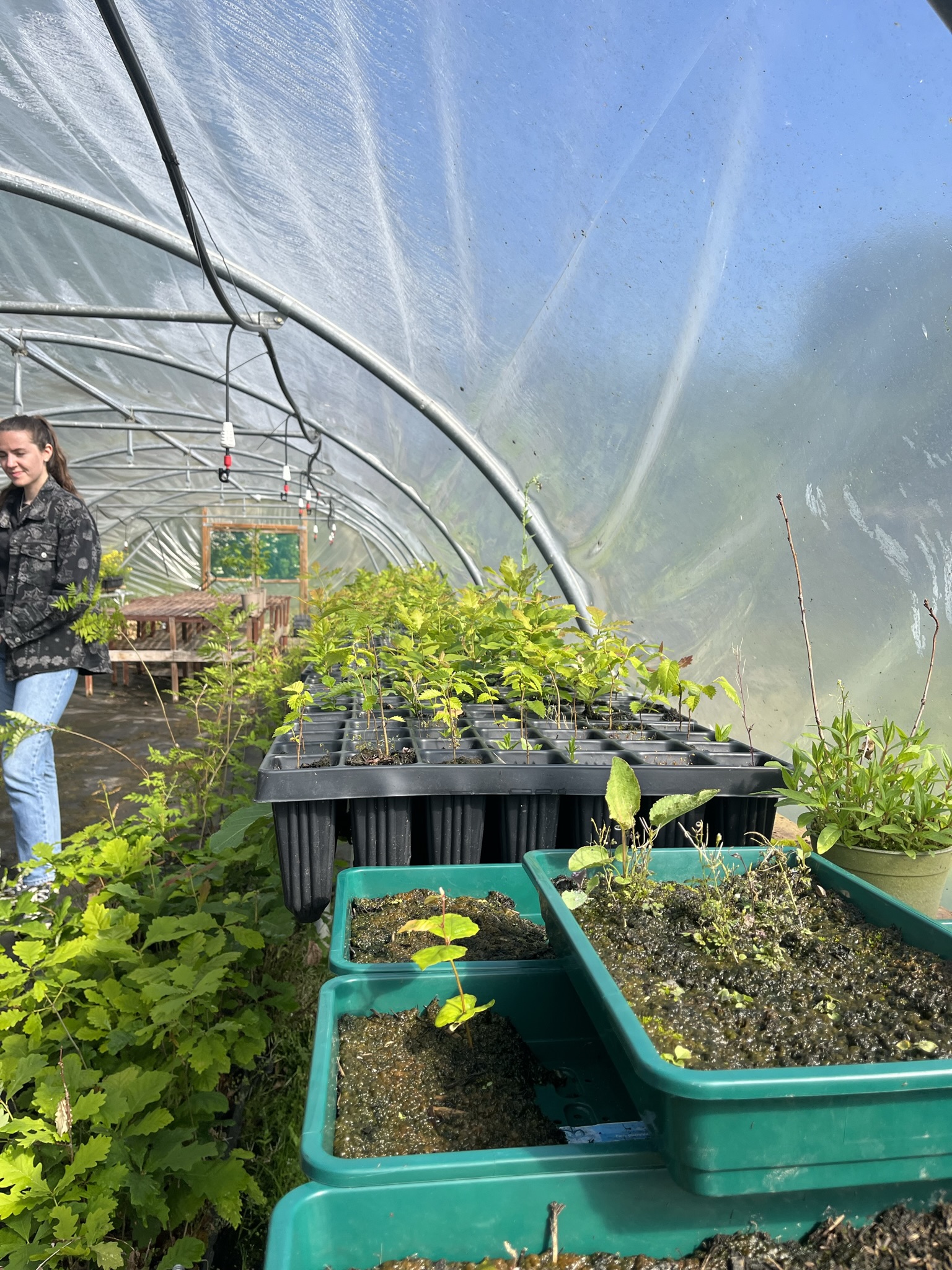
Native trees will be grown from seeds gathered in and around the Carneddau. This is to ensure that we are planting trees that have evolved and adapted to their environment, meaning that these trees will be more likely to survive and will be more resilient to our occasionally-extreme weather.
These seeds will be grown in one of the three tree micro-nurseries the partnership maintains. These nurseries are not only essential for growing the trees needed to plant on the landscape, they also provide a fantastic location to help groups of people learn more about trees and our wider conservation work.
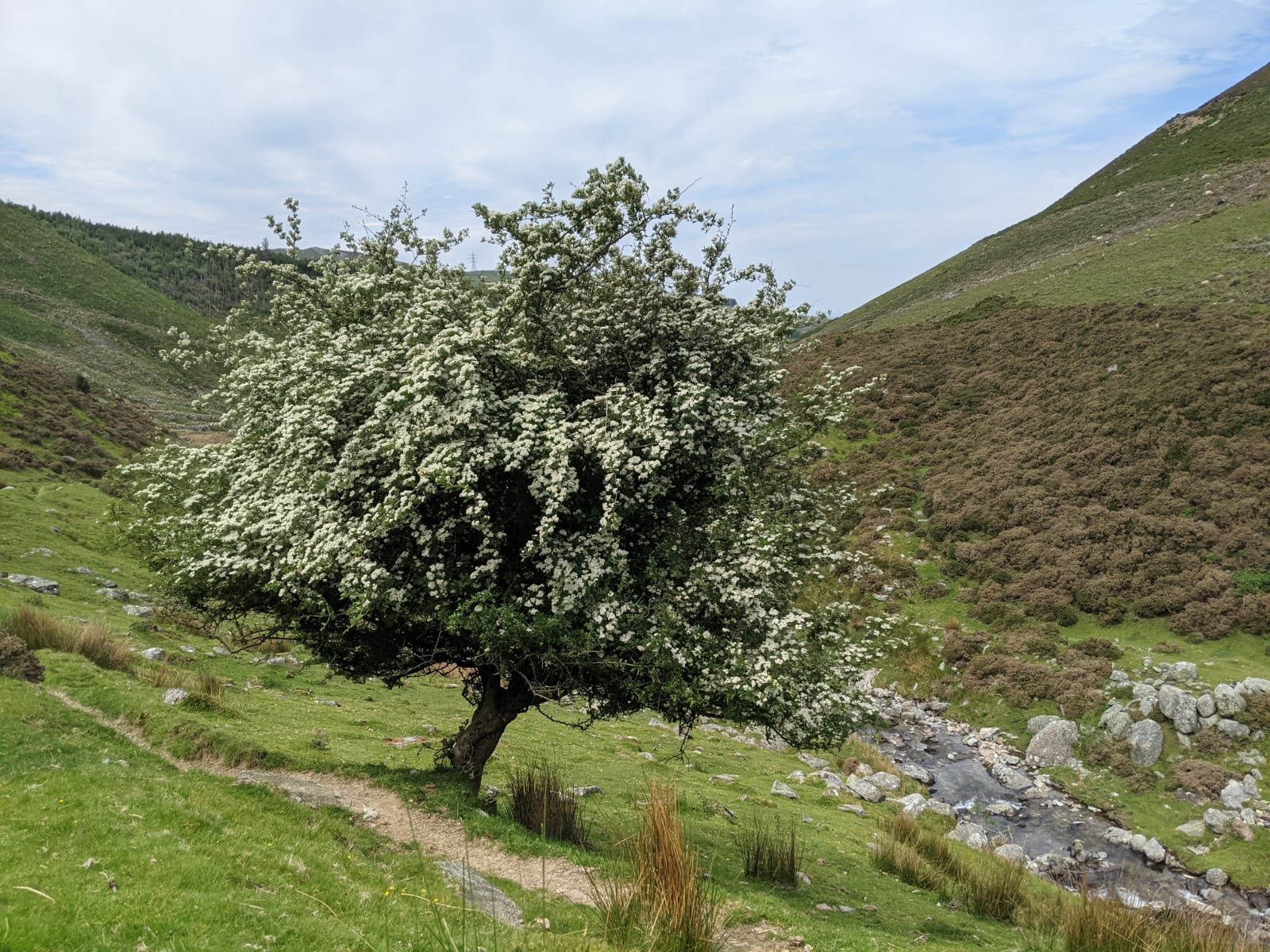
Veteran trees provide an extremely valuable habitat for all sorts of wildlife. The term veteran, describes a tree with features such as scars, wounds or decay. These features appear with age and support an array of life, from fungal bodies to invertebrates and mammals. These trees include large oaks in lowland fields and slow-growing hawthorns on the ffridd. We will work to record these culturally and ecologically significant trees. We also aim to work on restoring local orchards.

Hedgerow shrubs include hawthorn, blackthorn and dog rose, which are essential food sources during autumn and winter for birdlife. Hedgerows also sustain a plethora of invertebrates and mammals. By restoring hedgerows and creating new ones, we are connecting areas of wildlife, like corridors in a building, linking up previously unconnected habitats in order to increase the area in which nature can thrive.

The importance of trees in the fight against climate change is now well understood. They lock up carbon, reduce pollution and flooding, and support wildlife and livestock in adapting to the climate crisis.
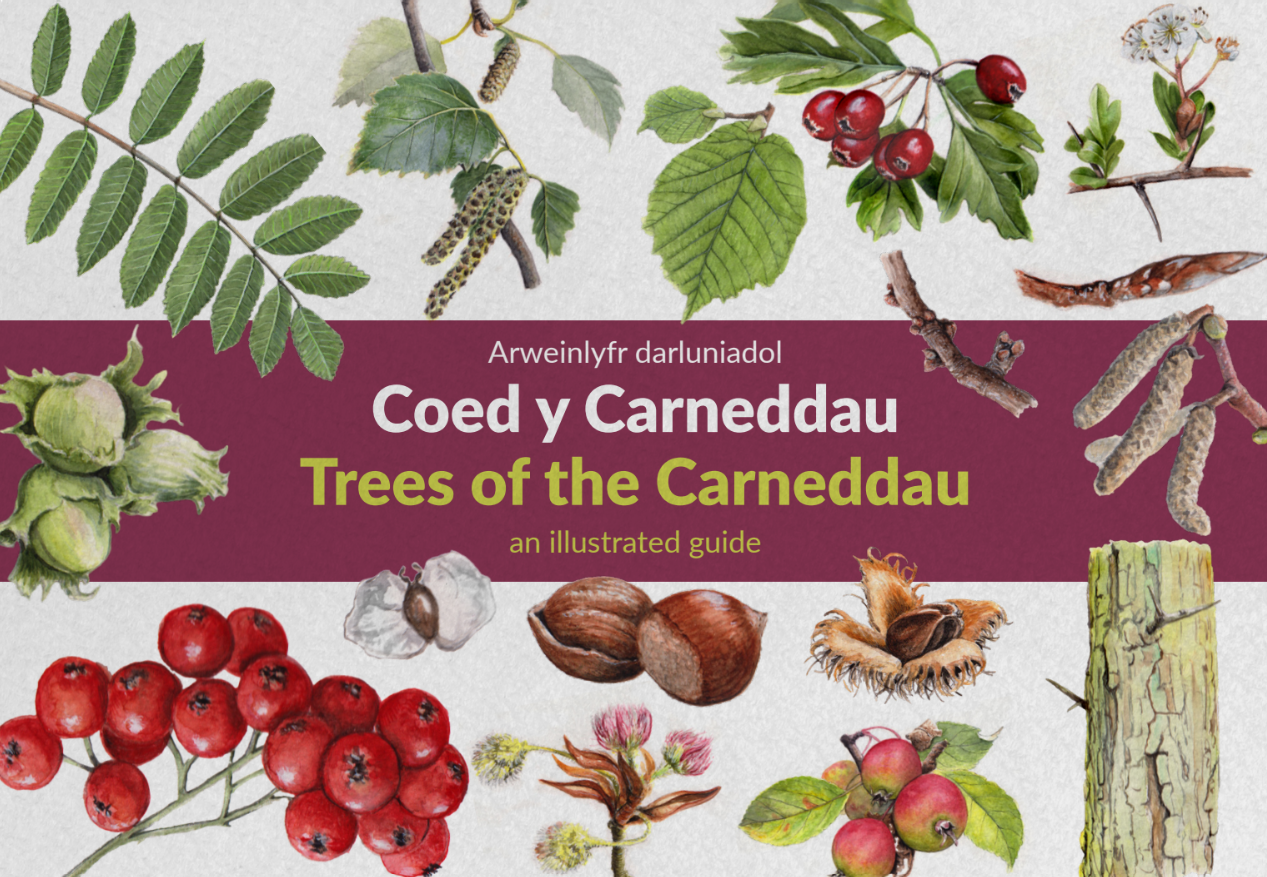
Download our bilingual illustrated tree guide HERE
Identify trees found in and around the Carneddau and learn interesting facts about each species.

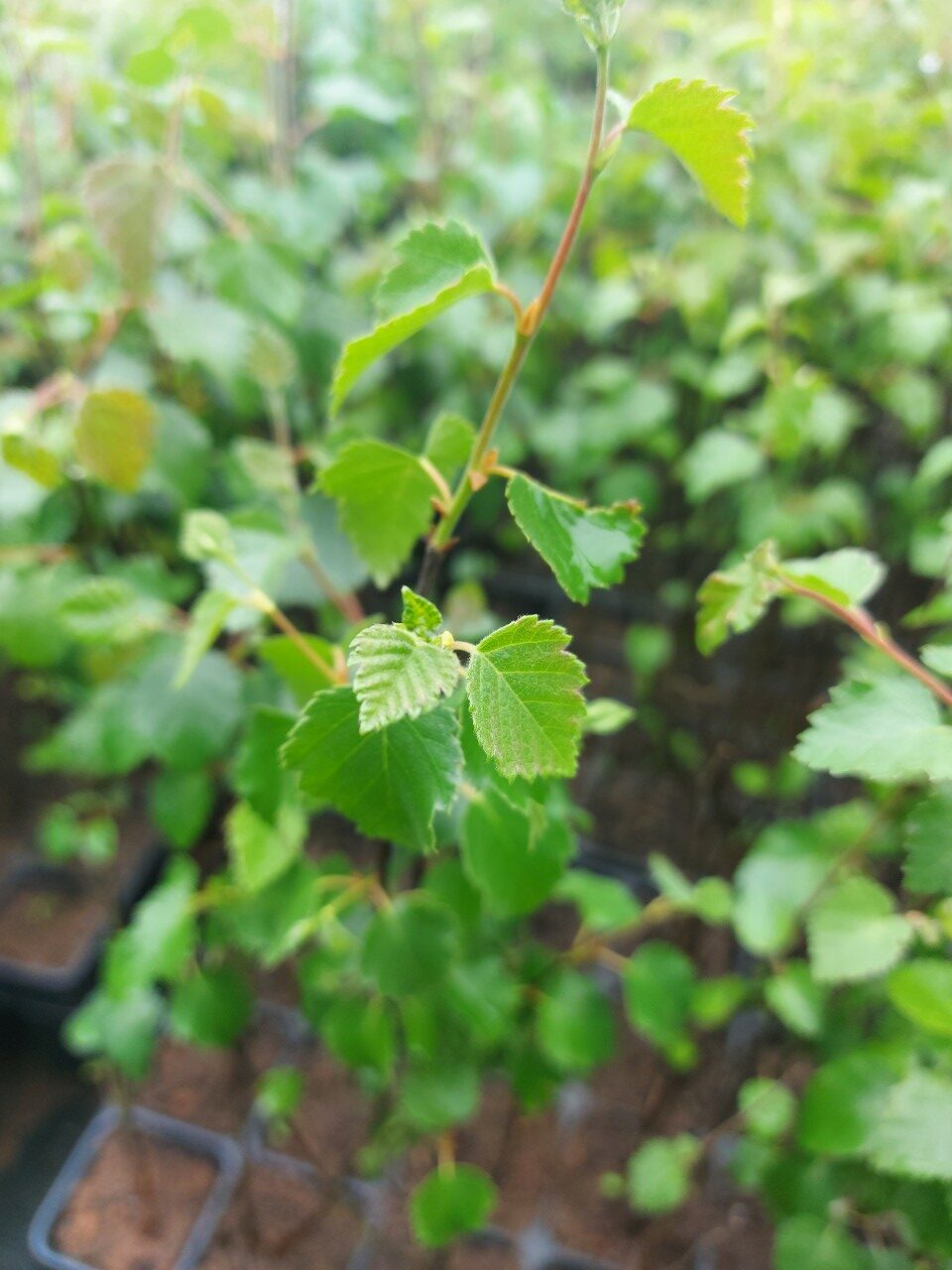
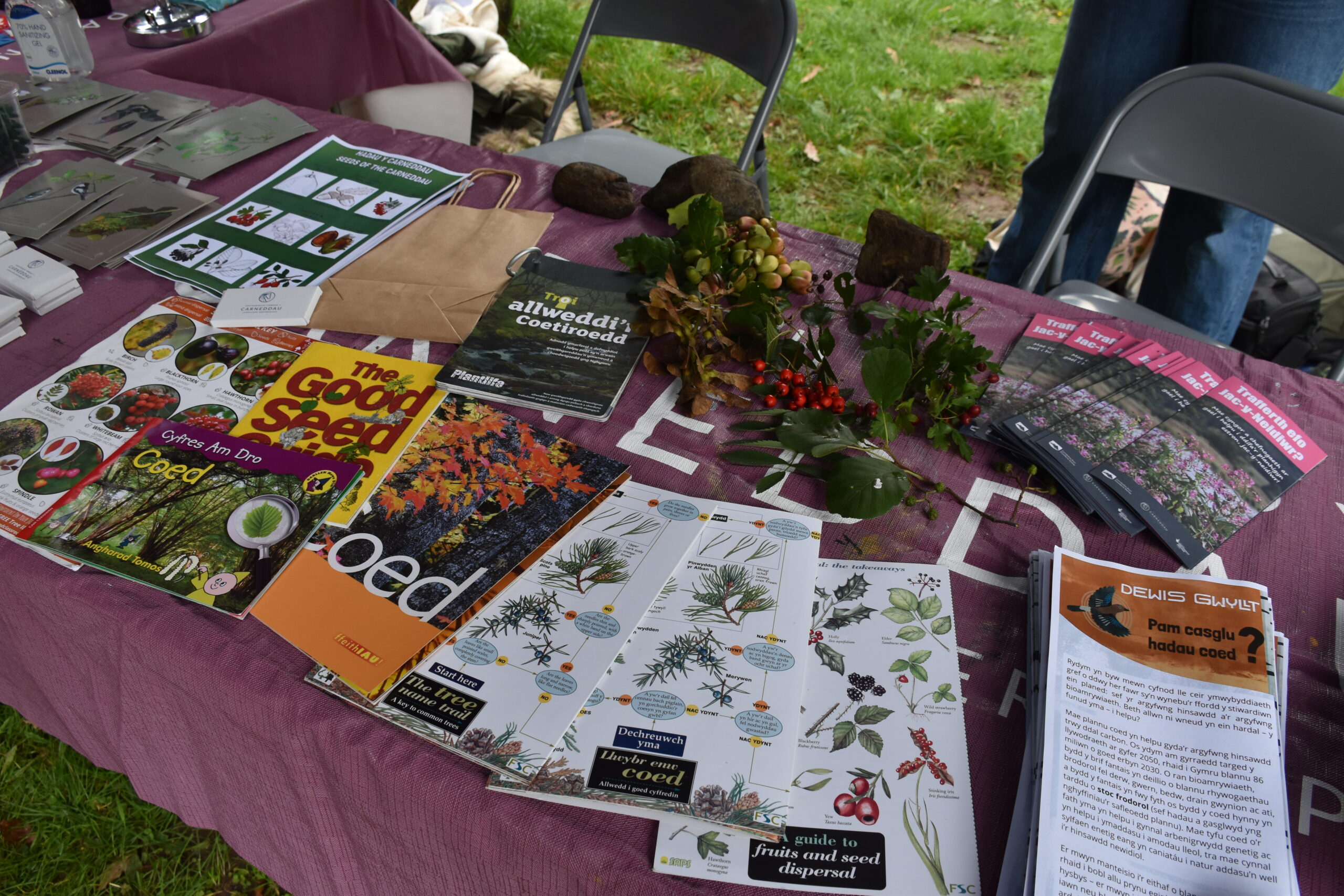
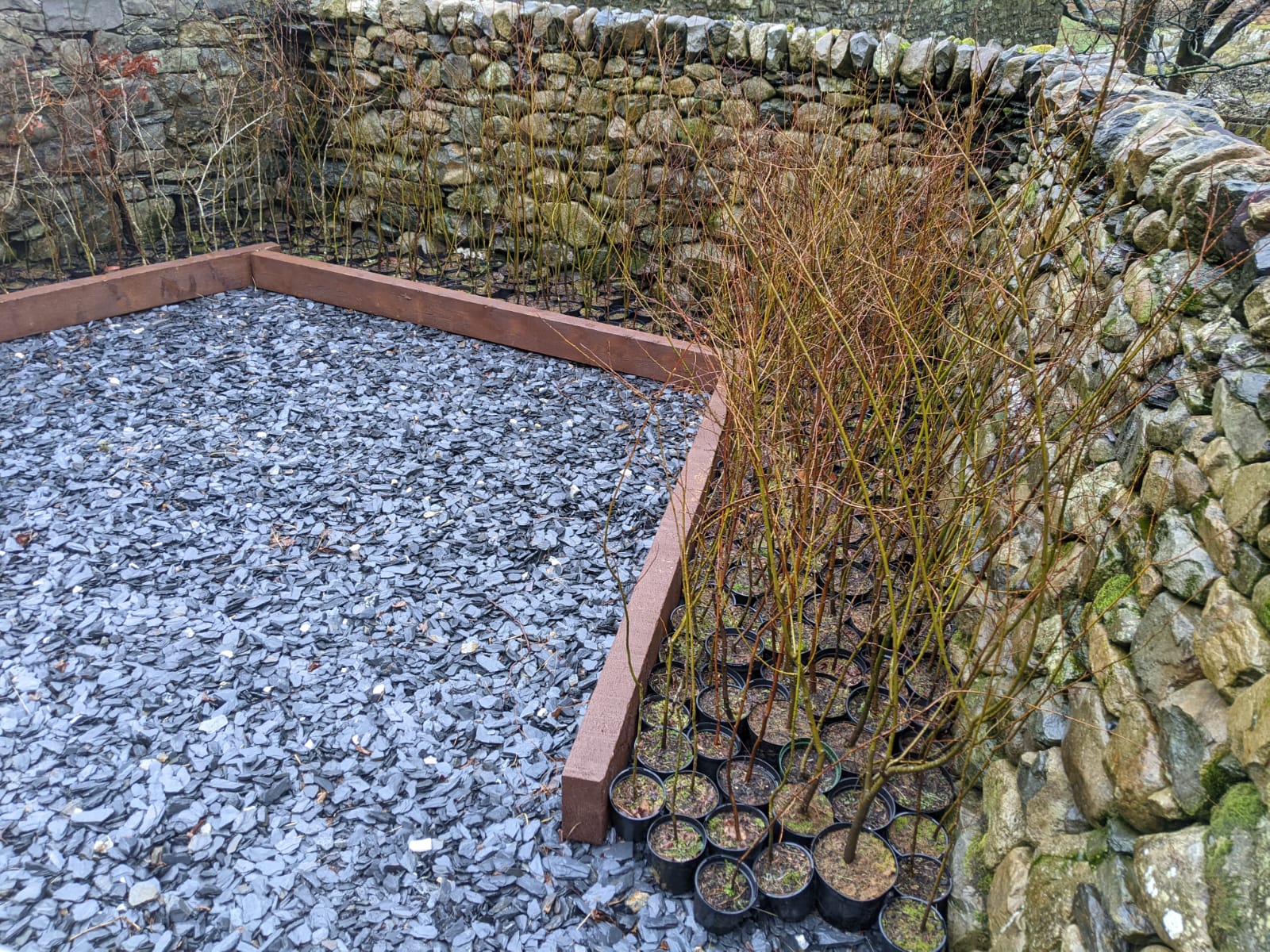

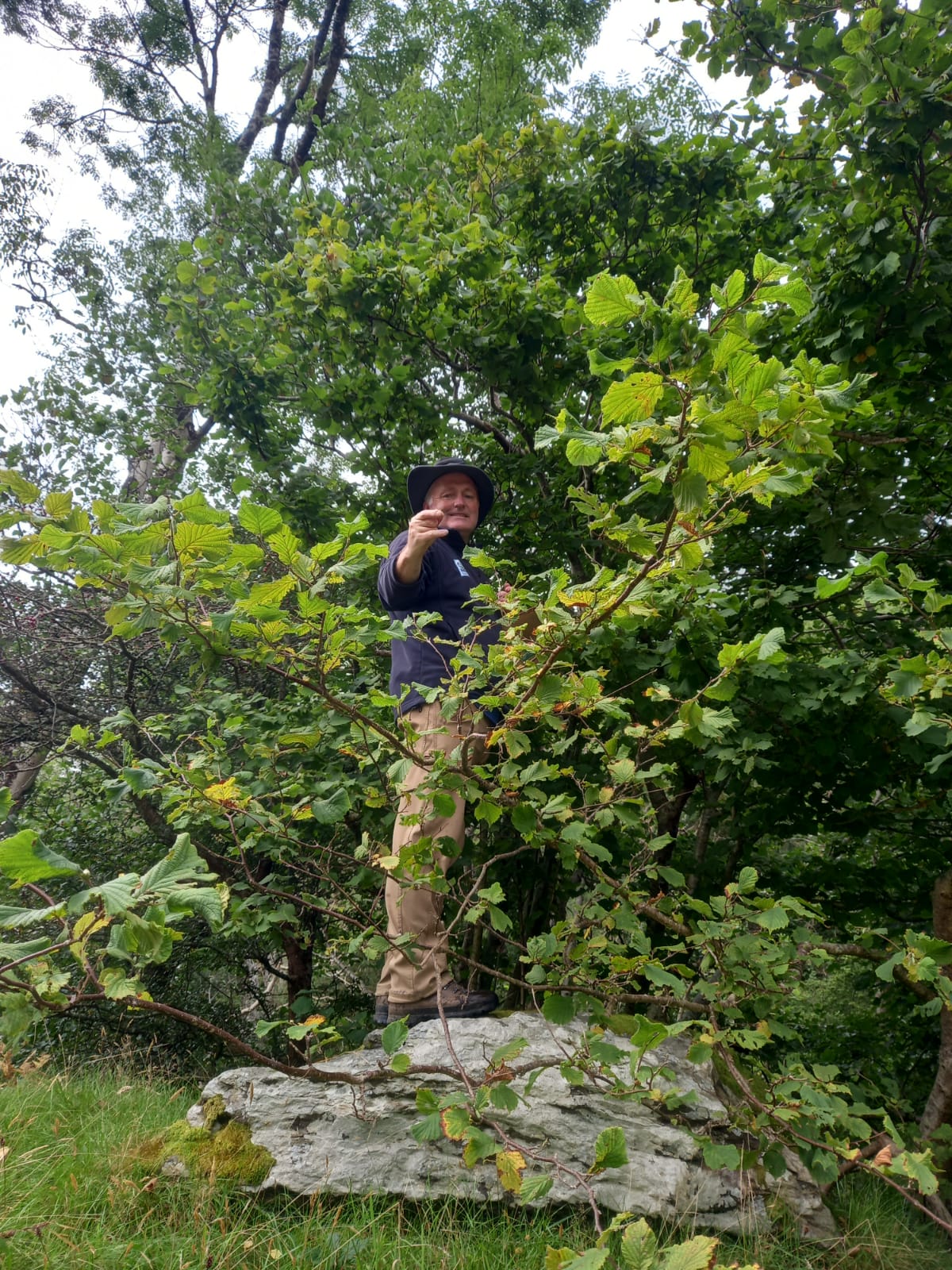
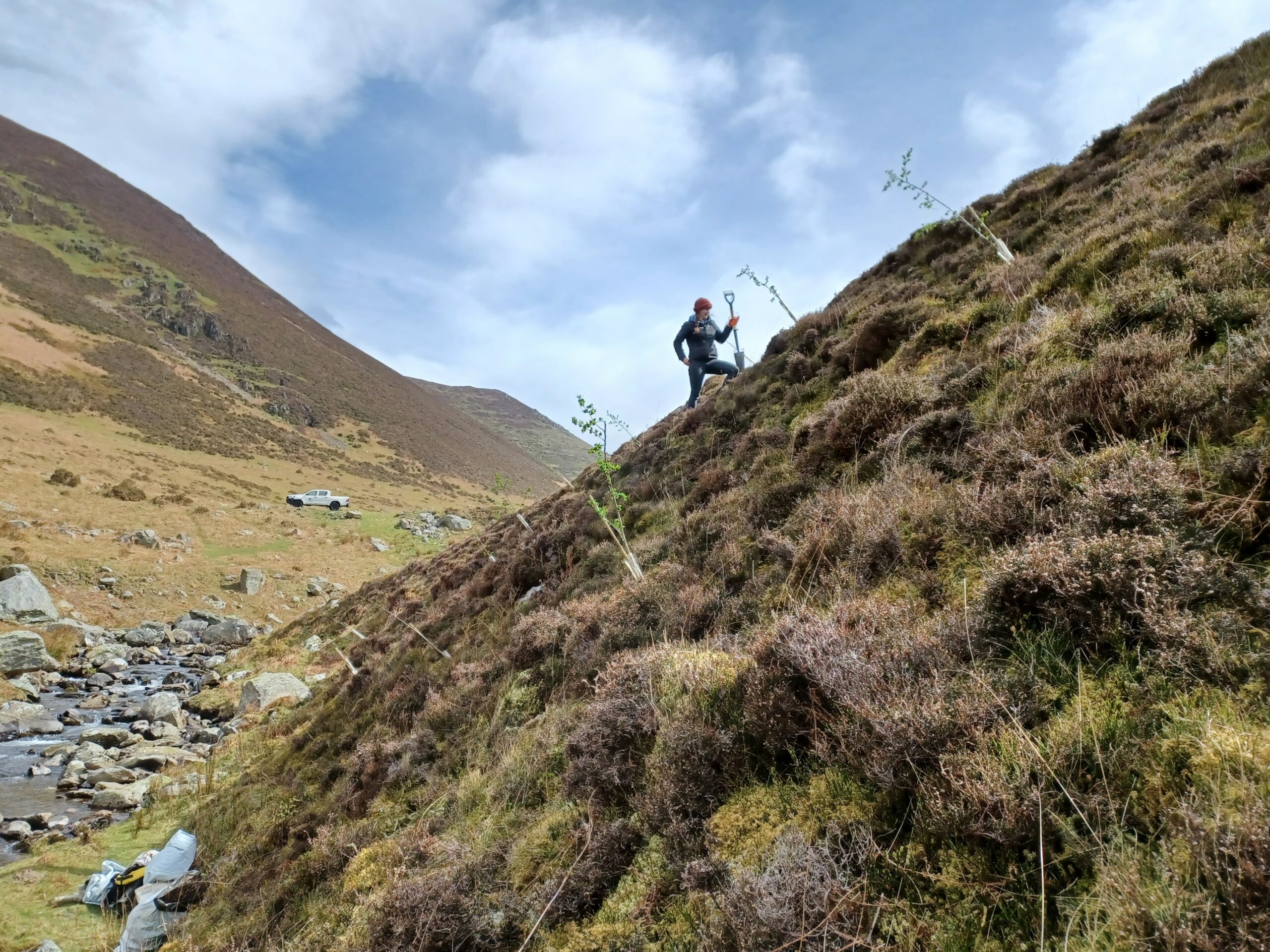
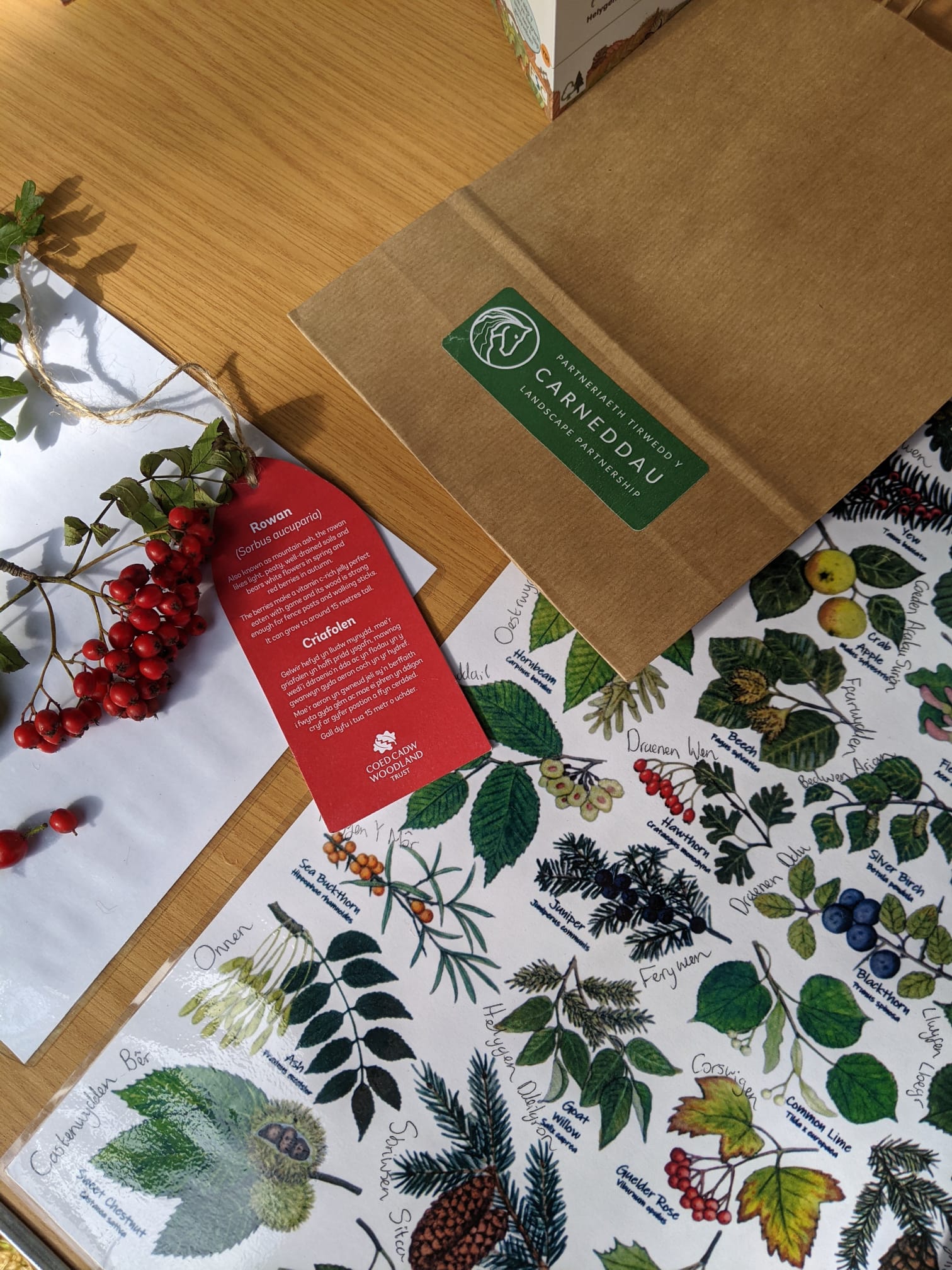
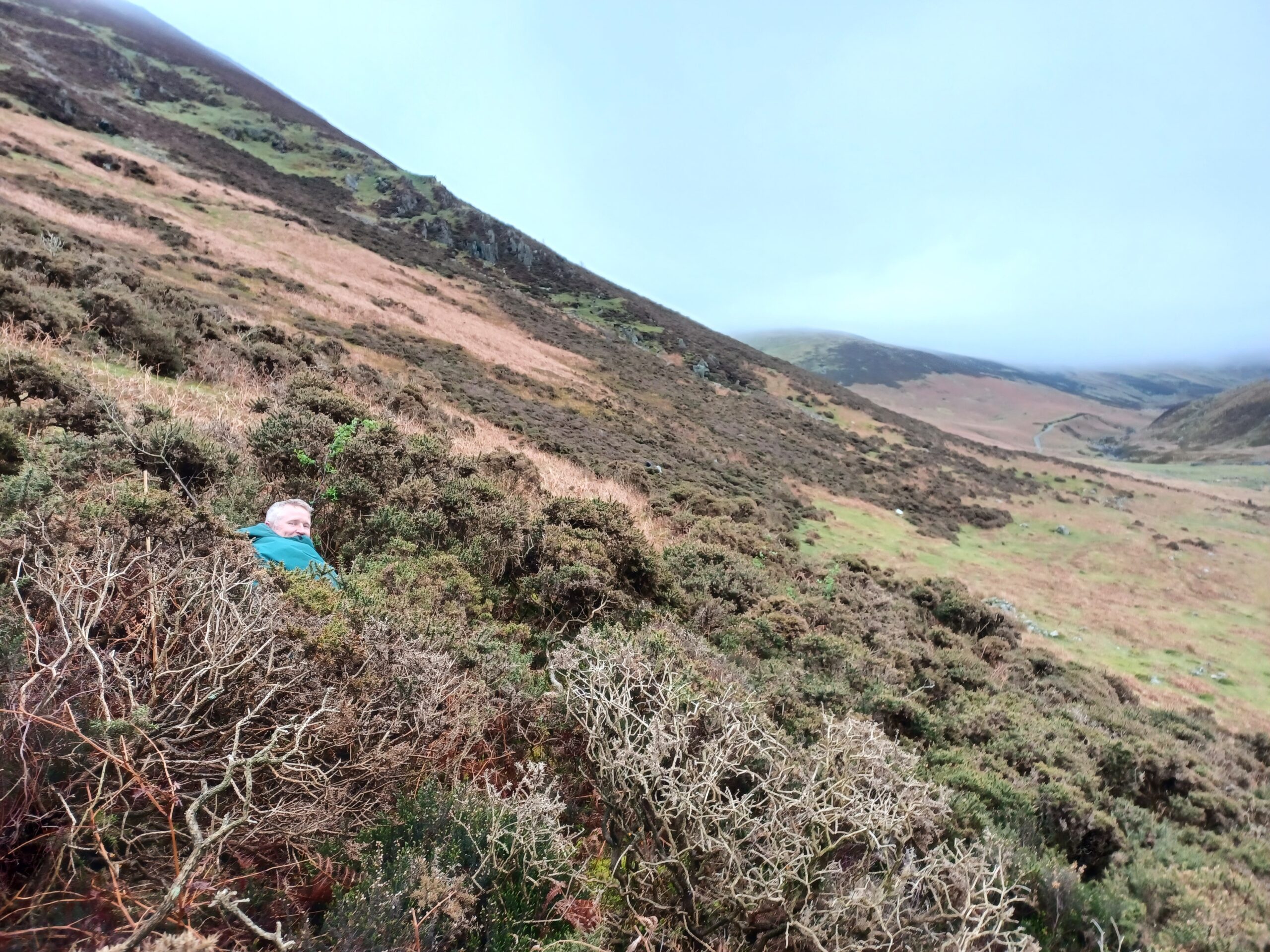
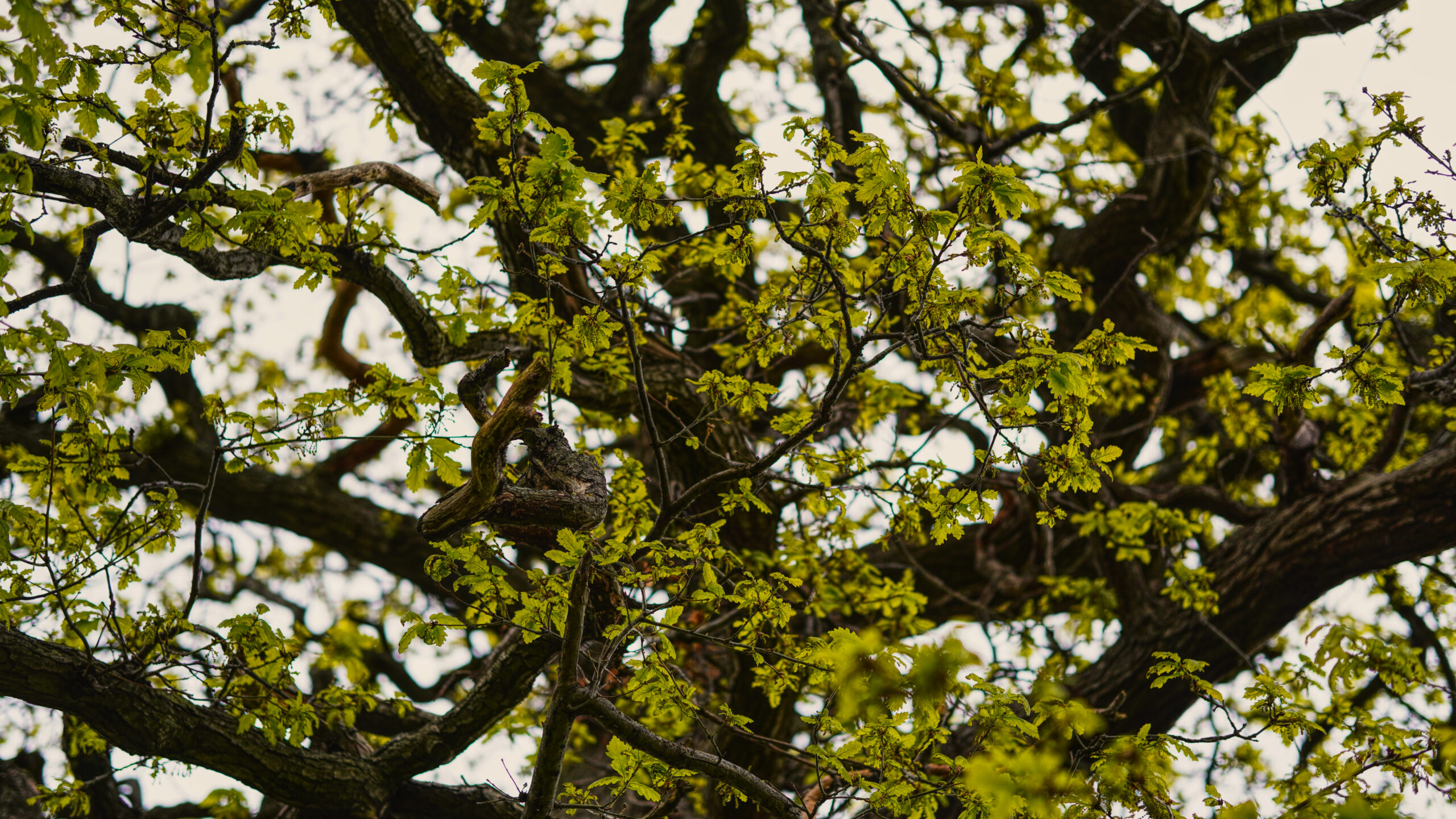
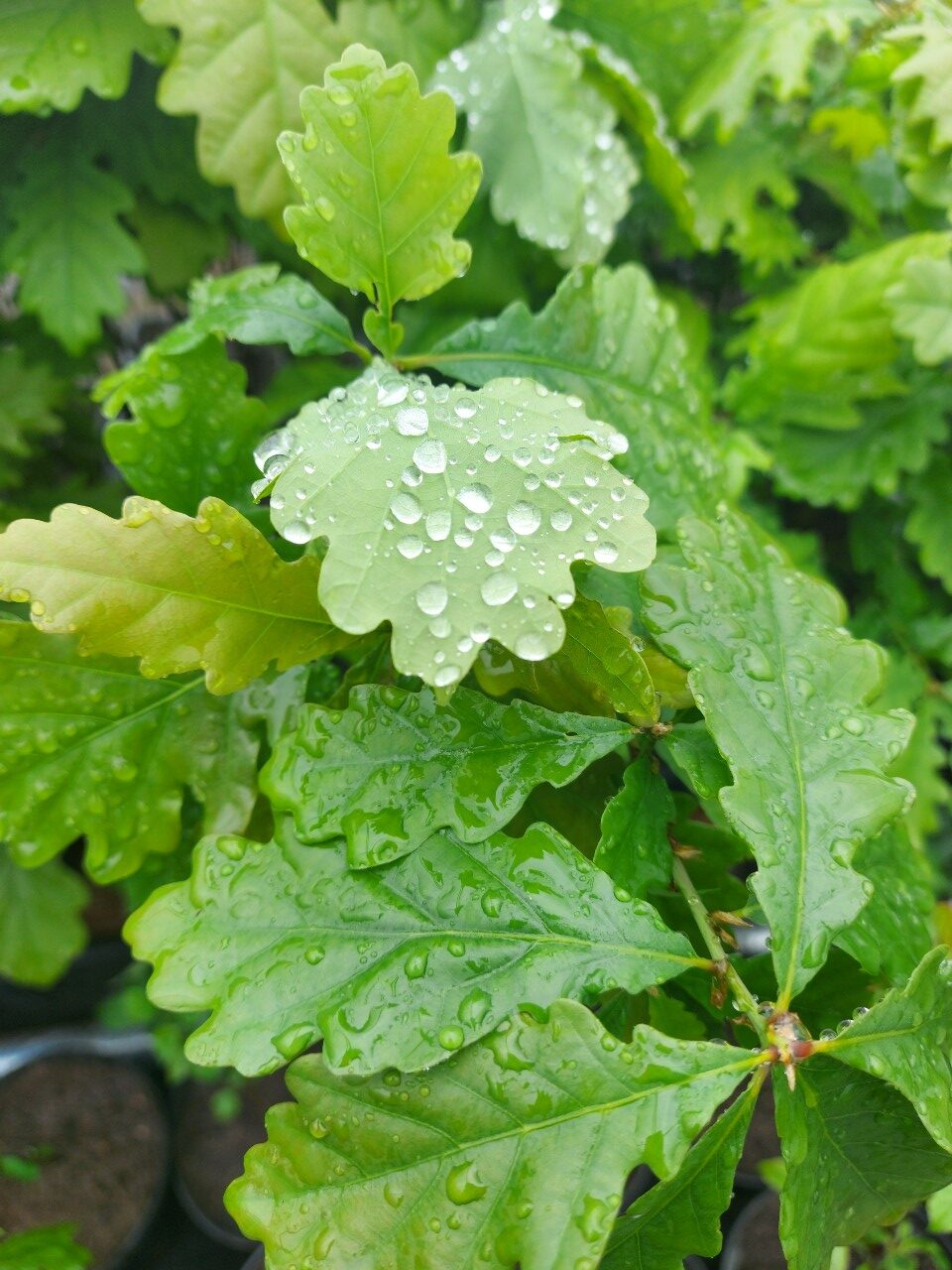
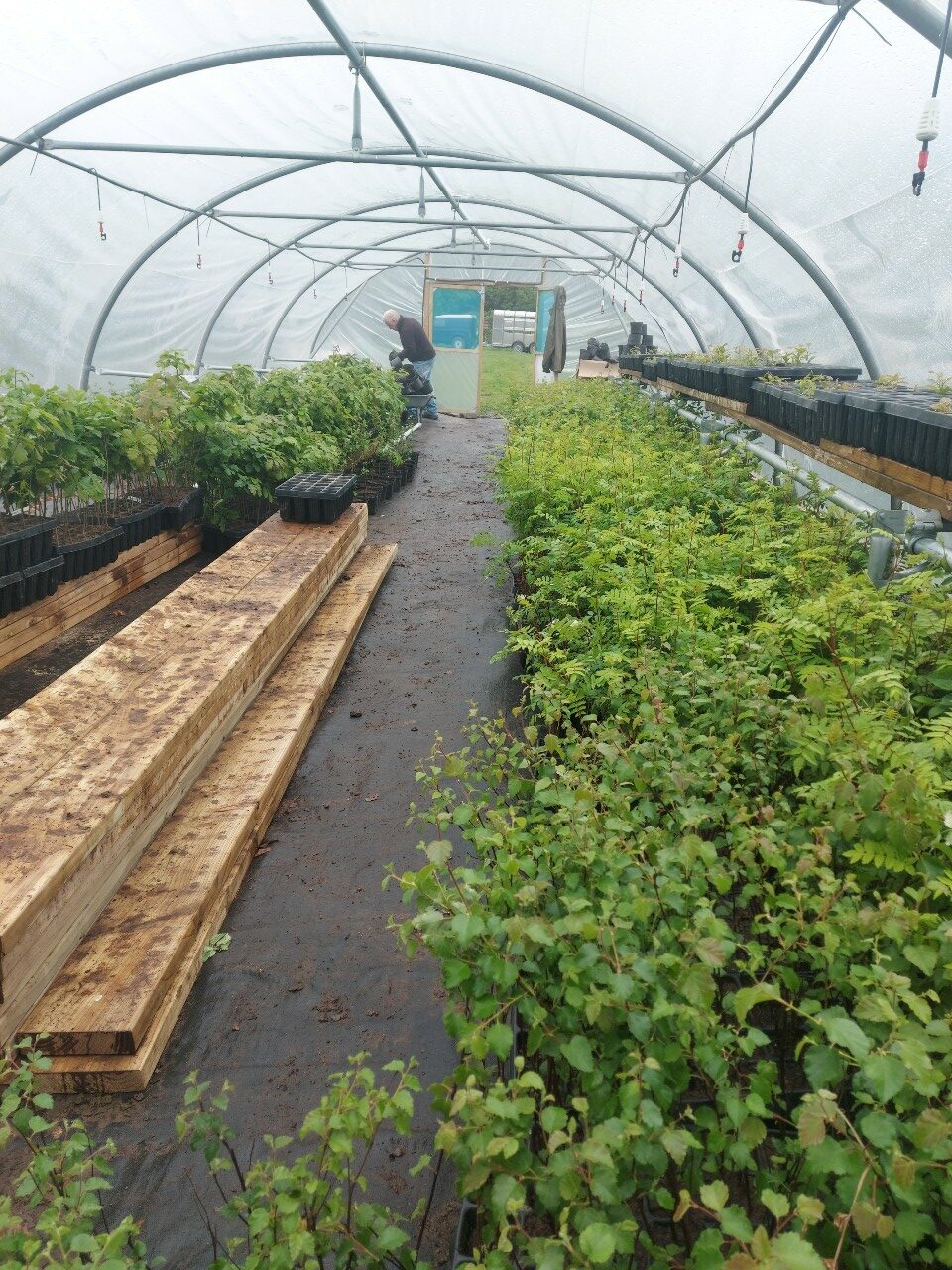
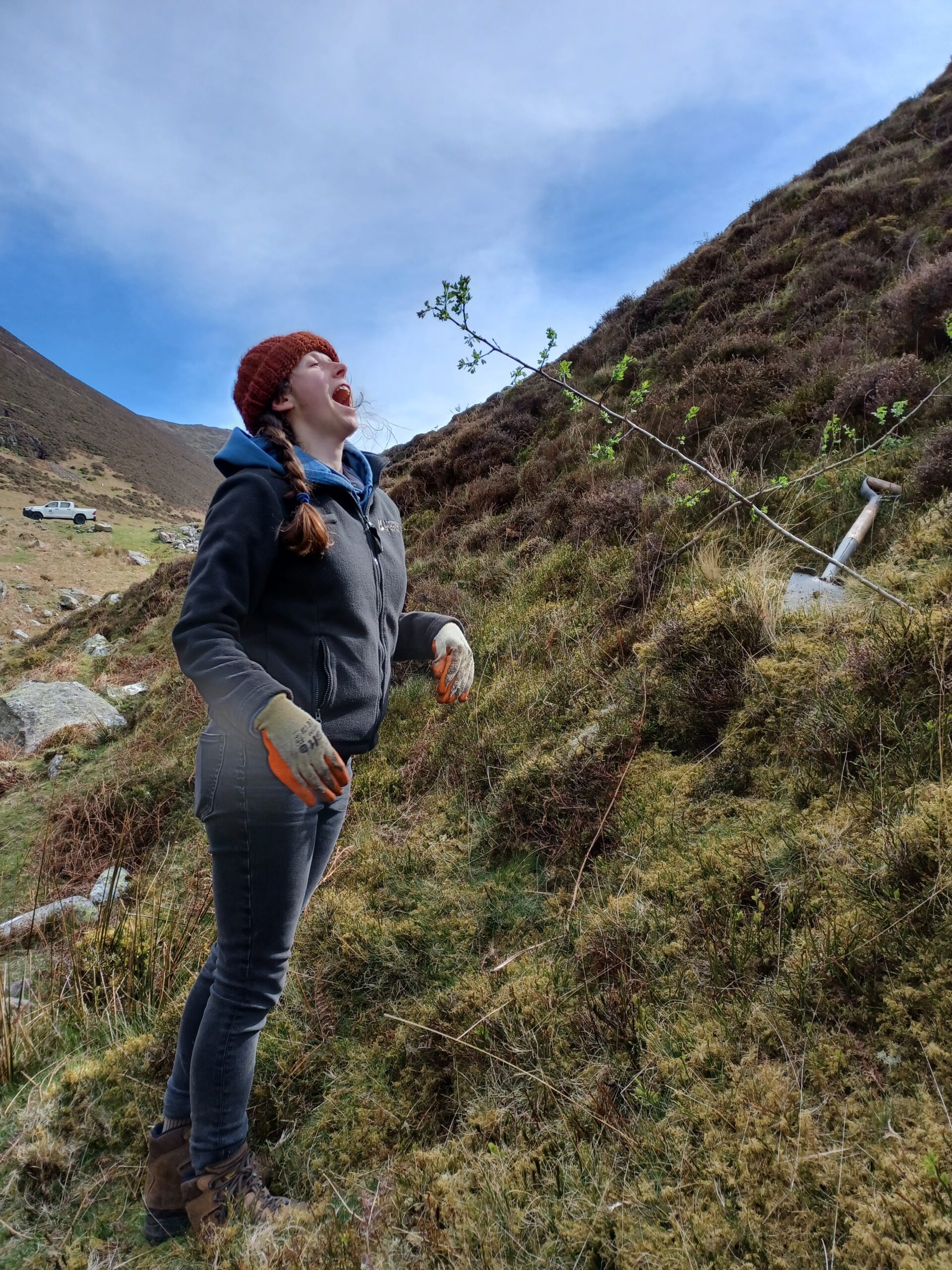
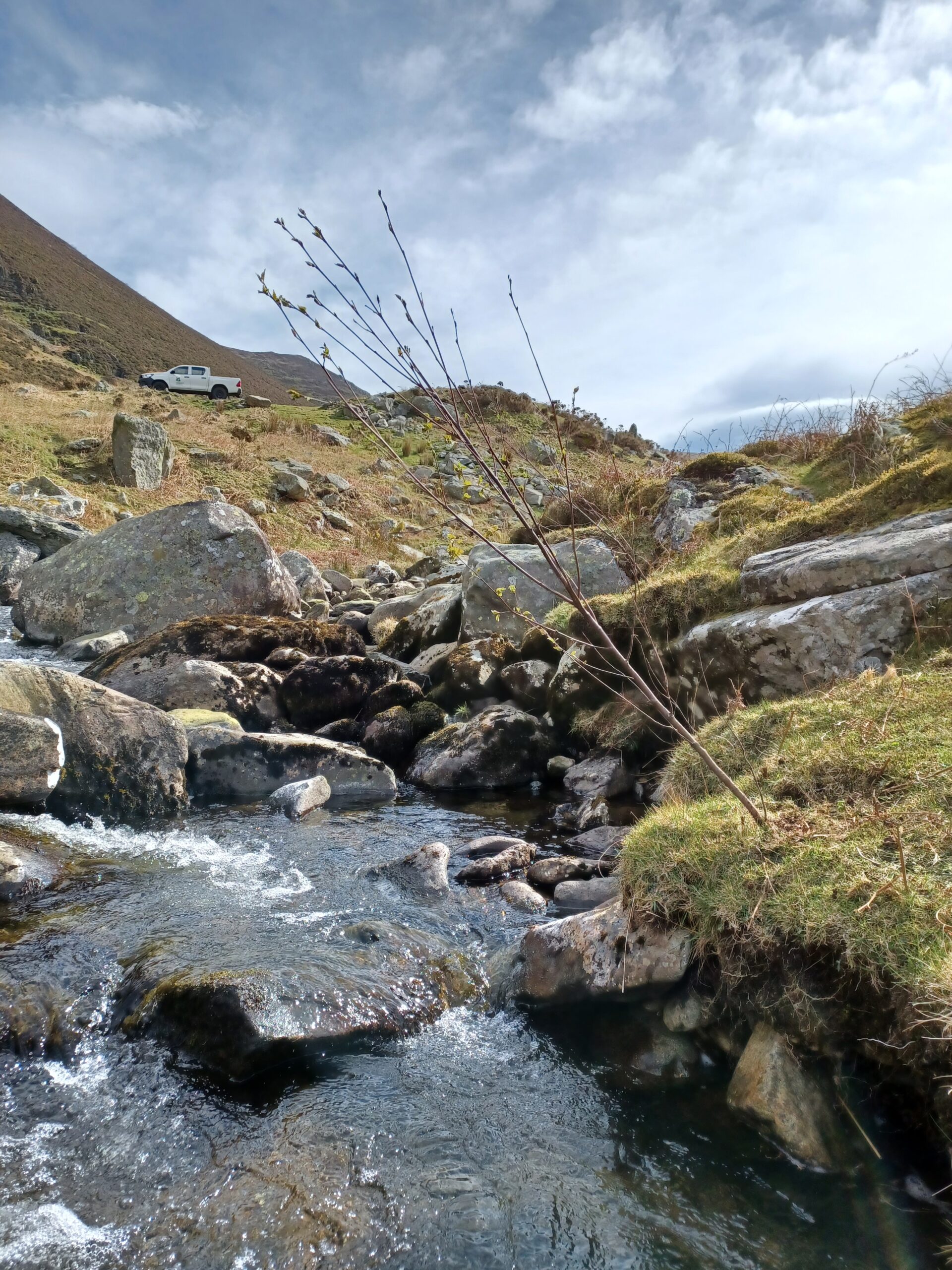
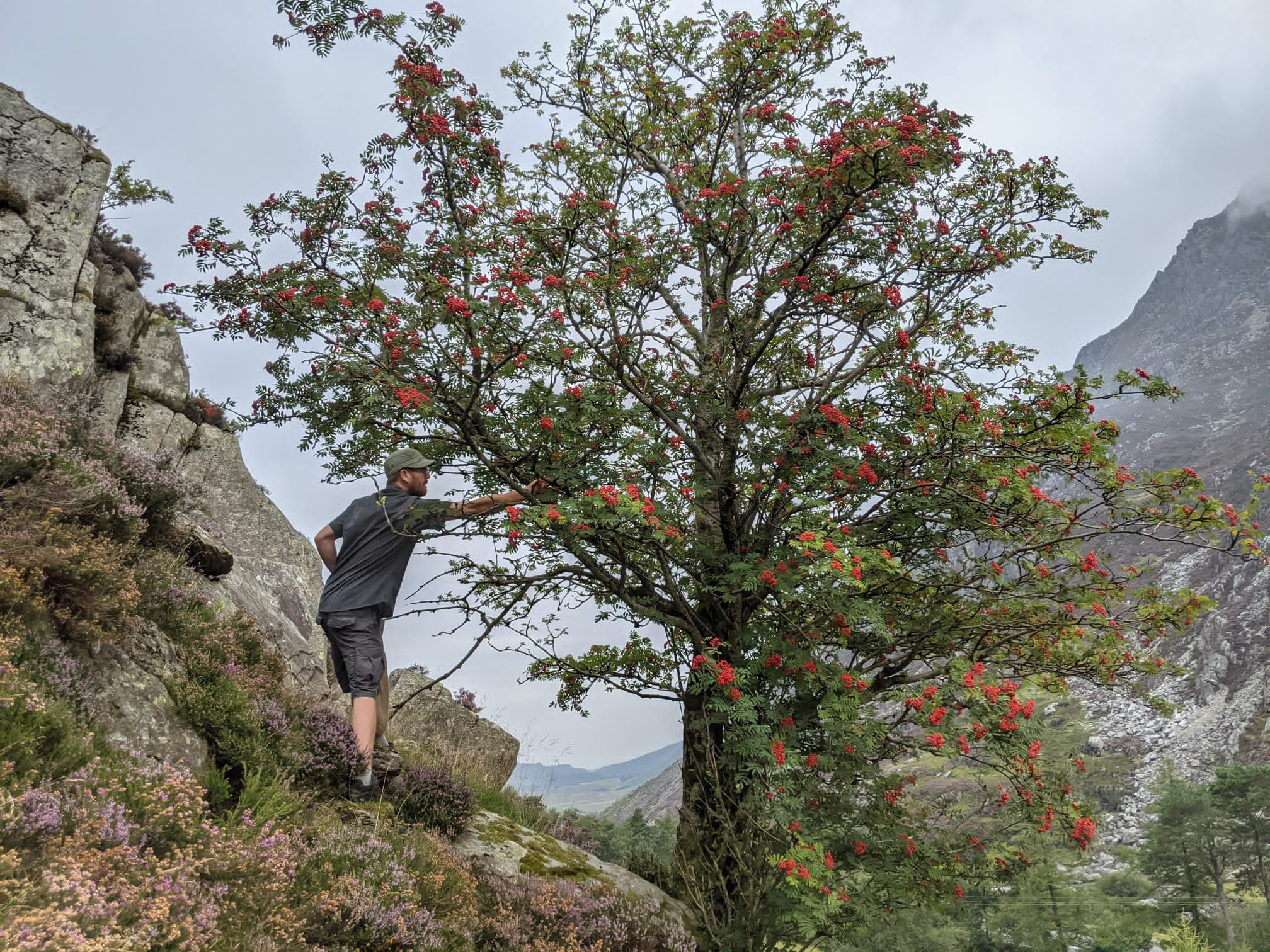
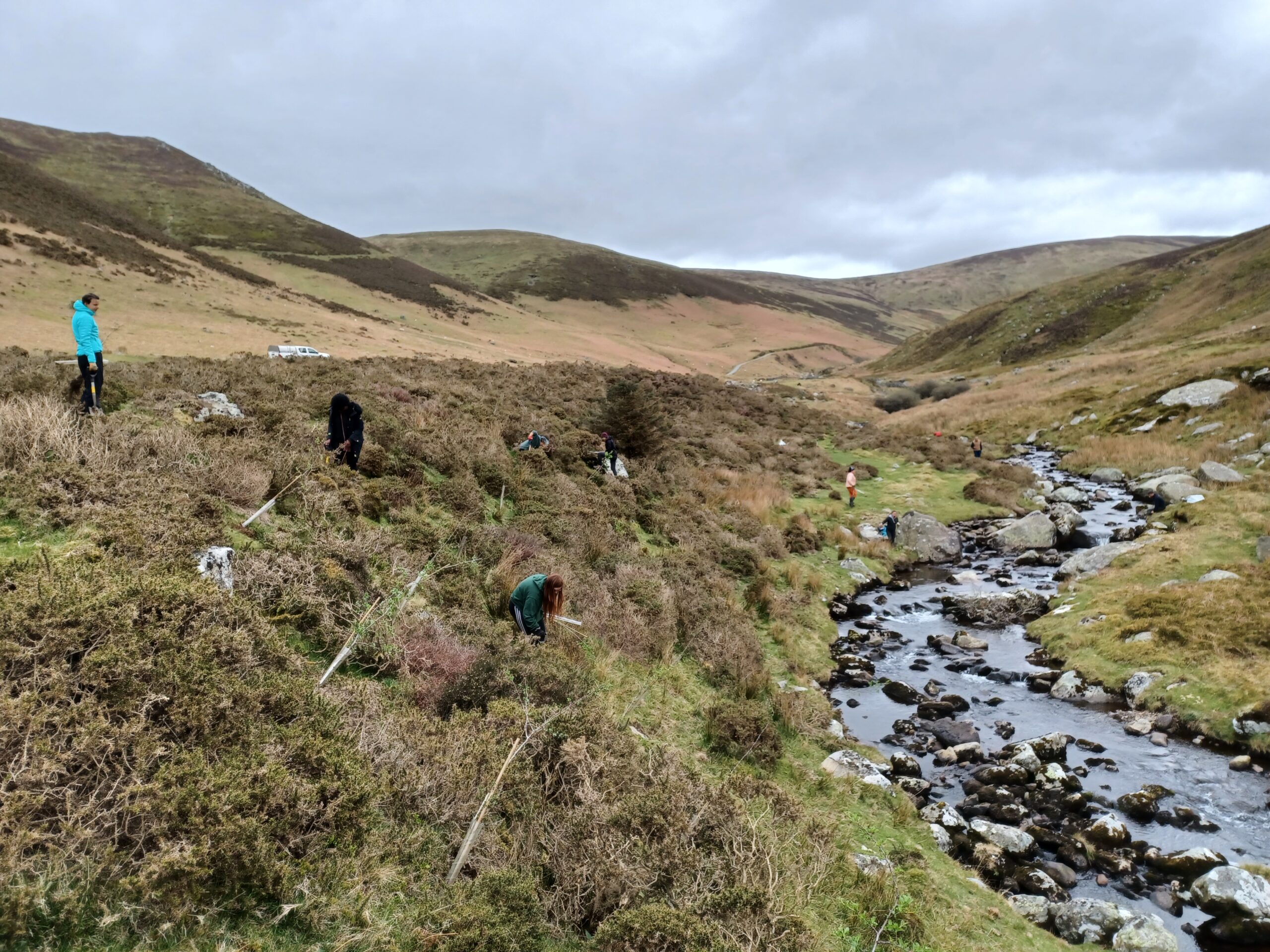
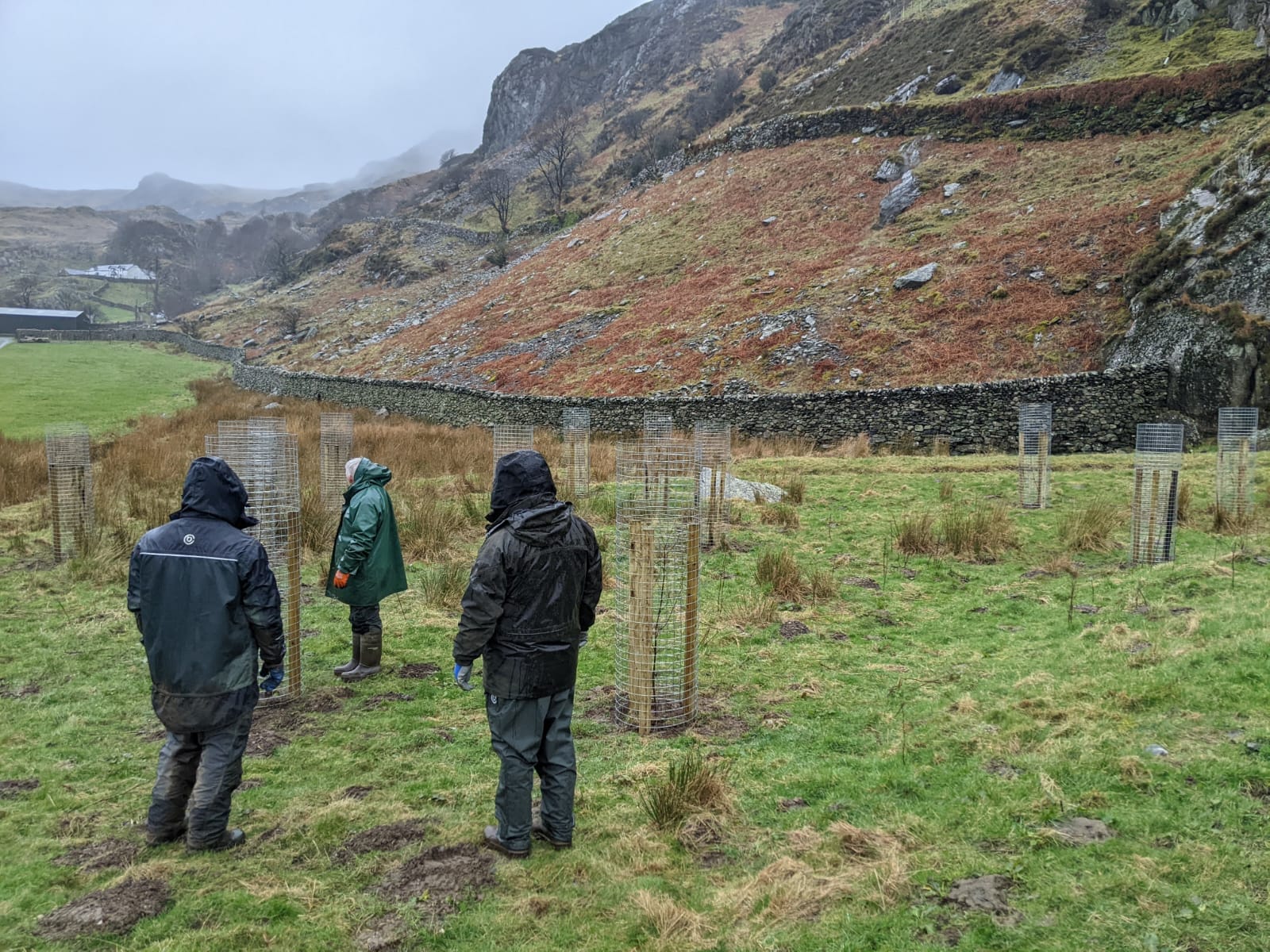
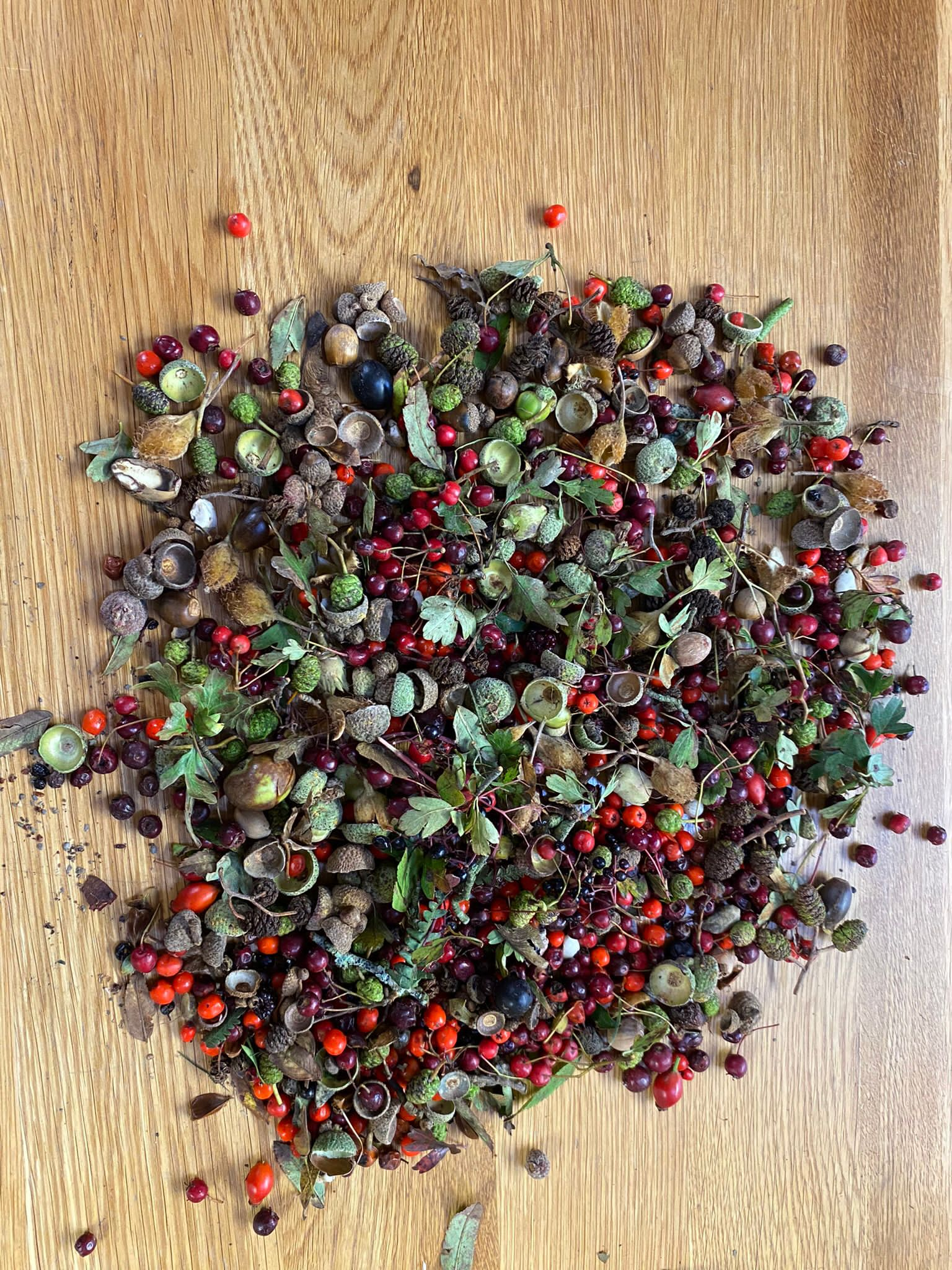
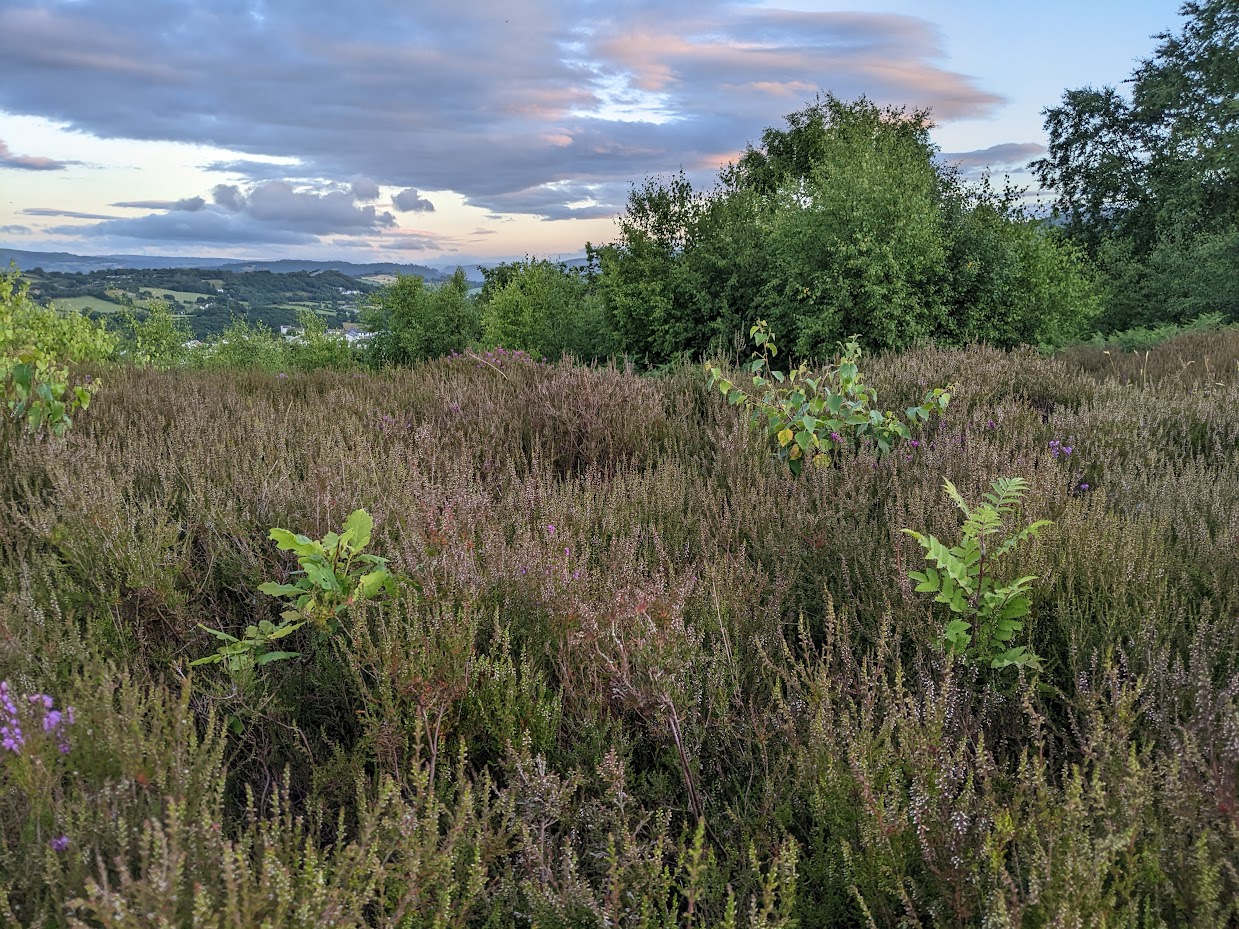

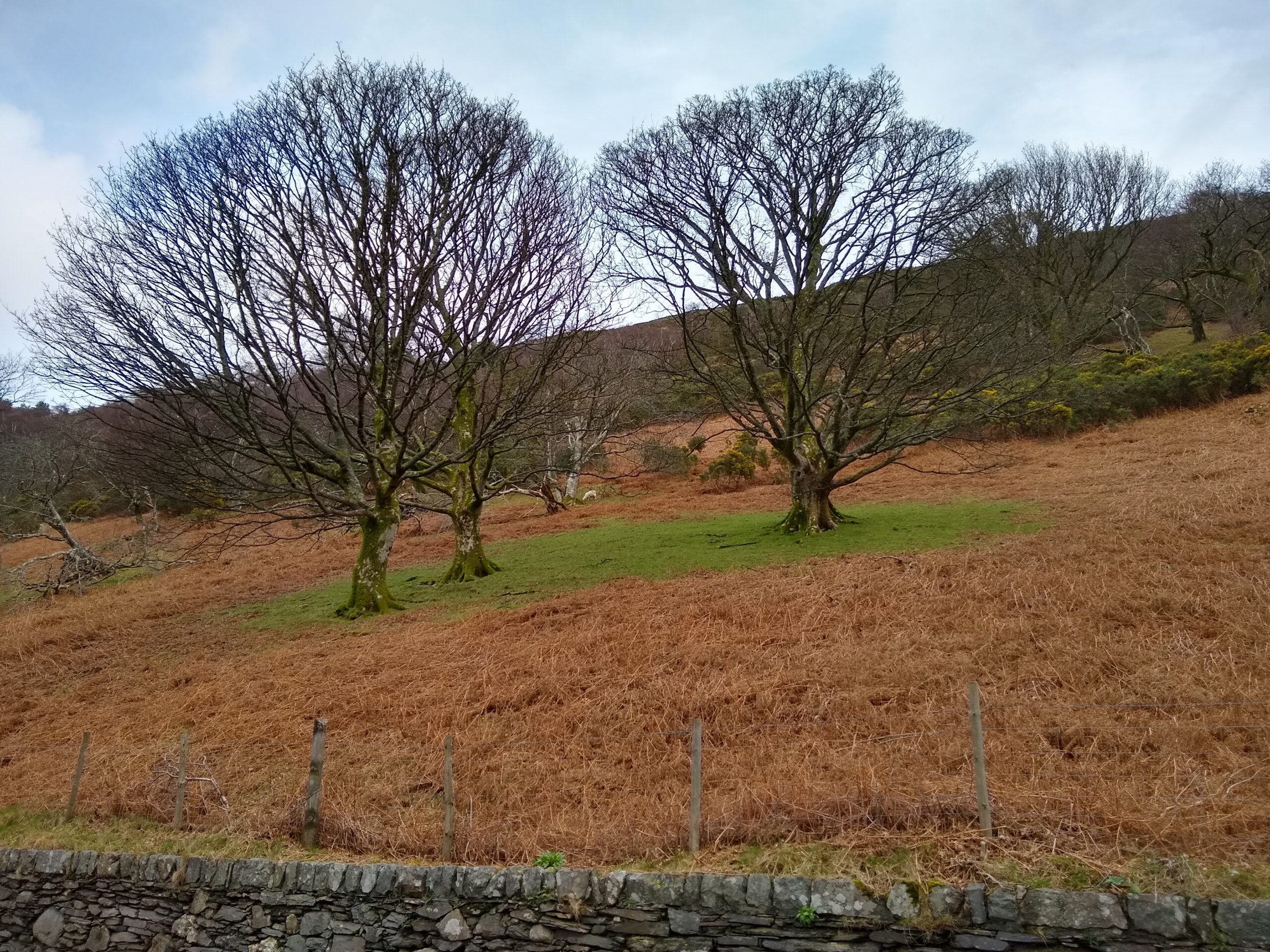
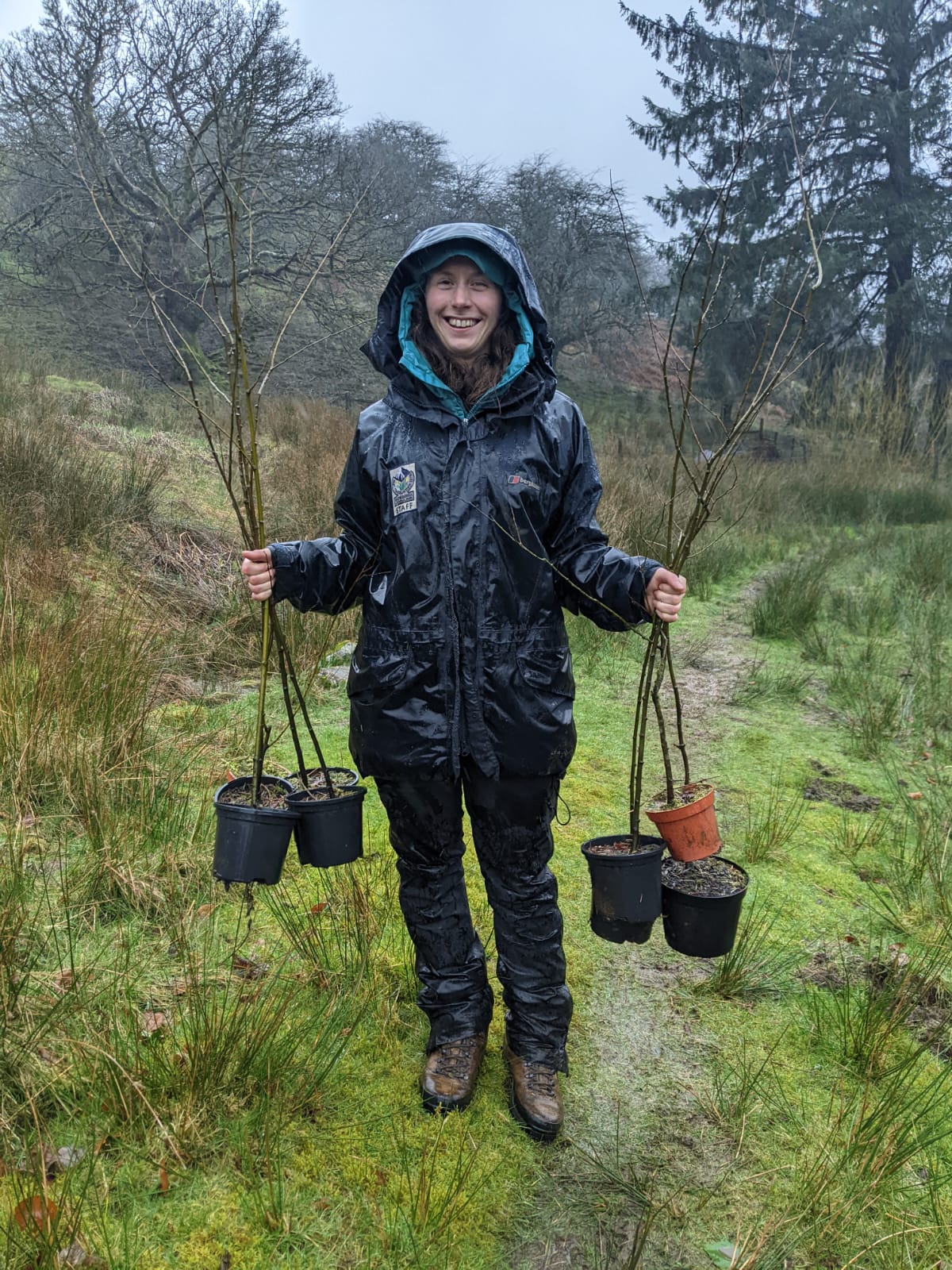
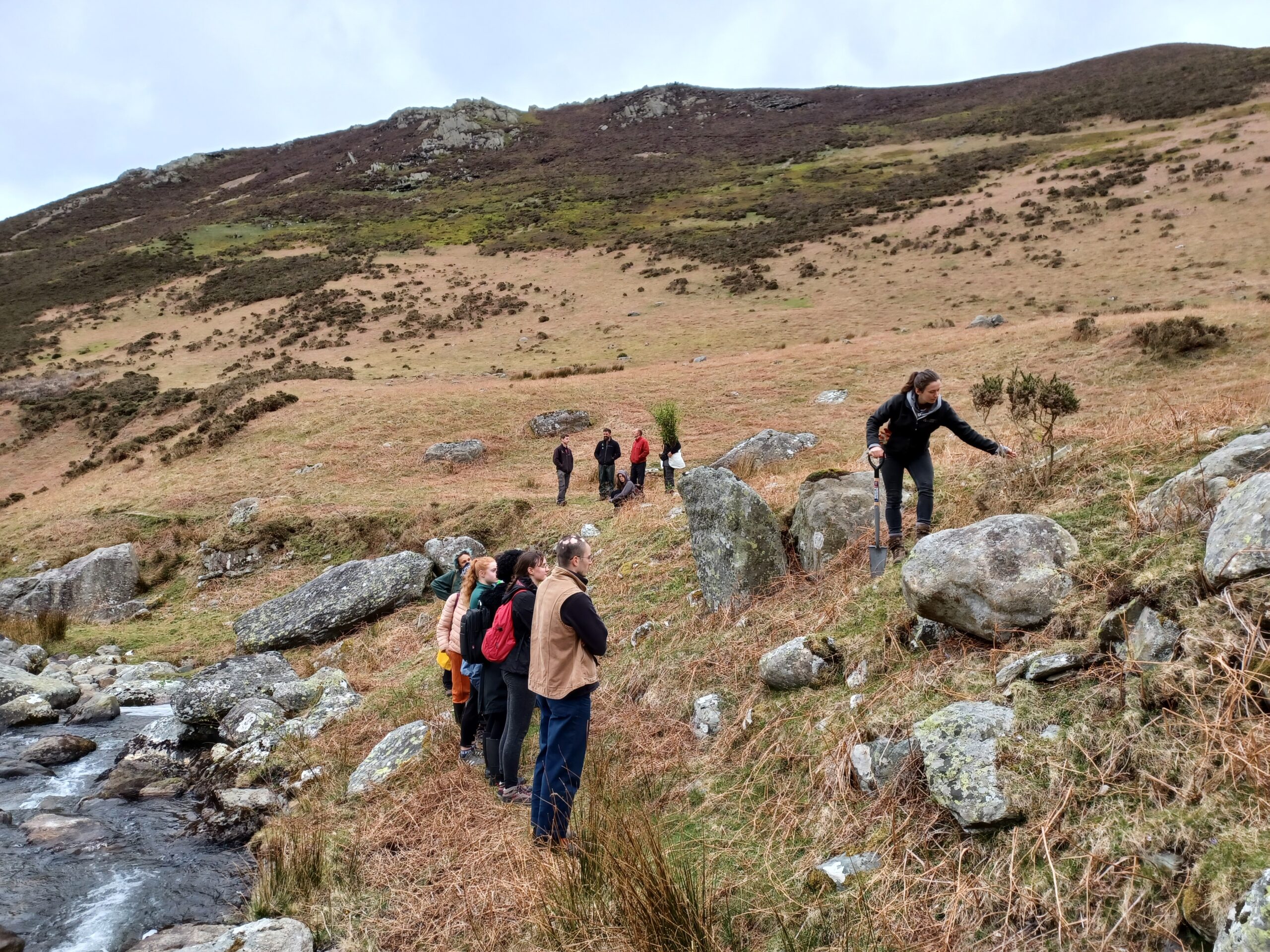
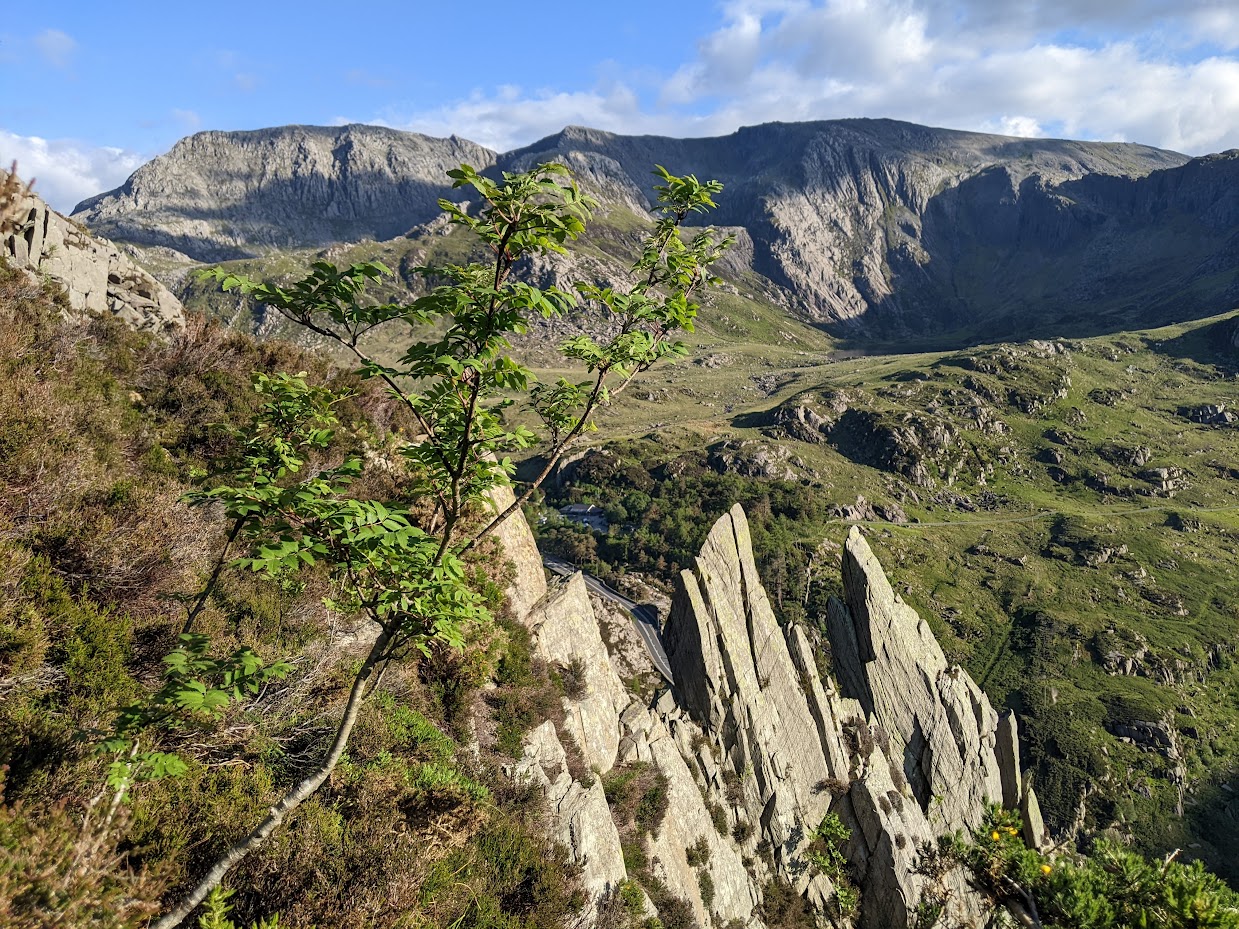
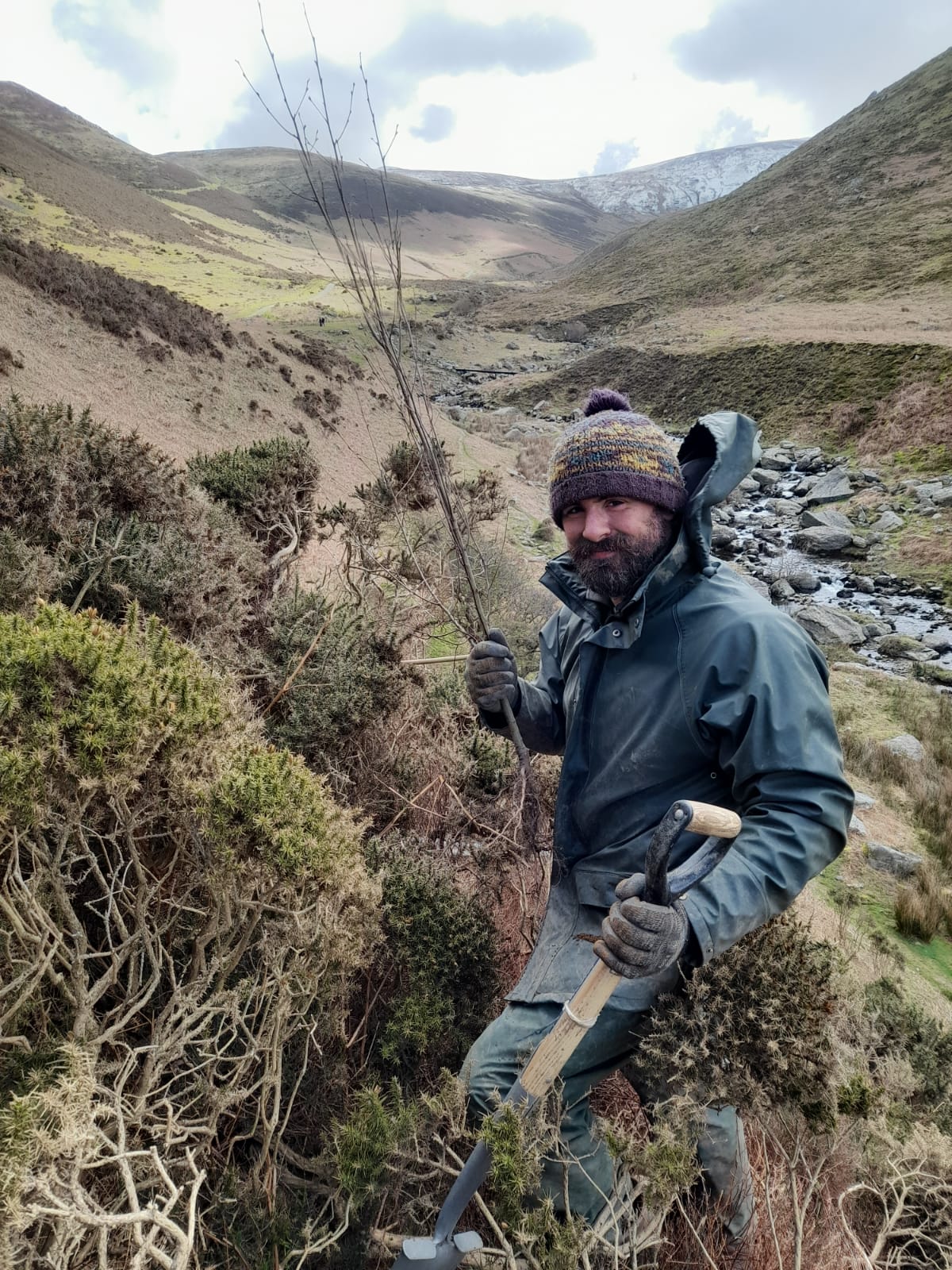
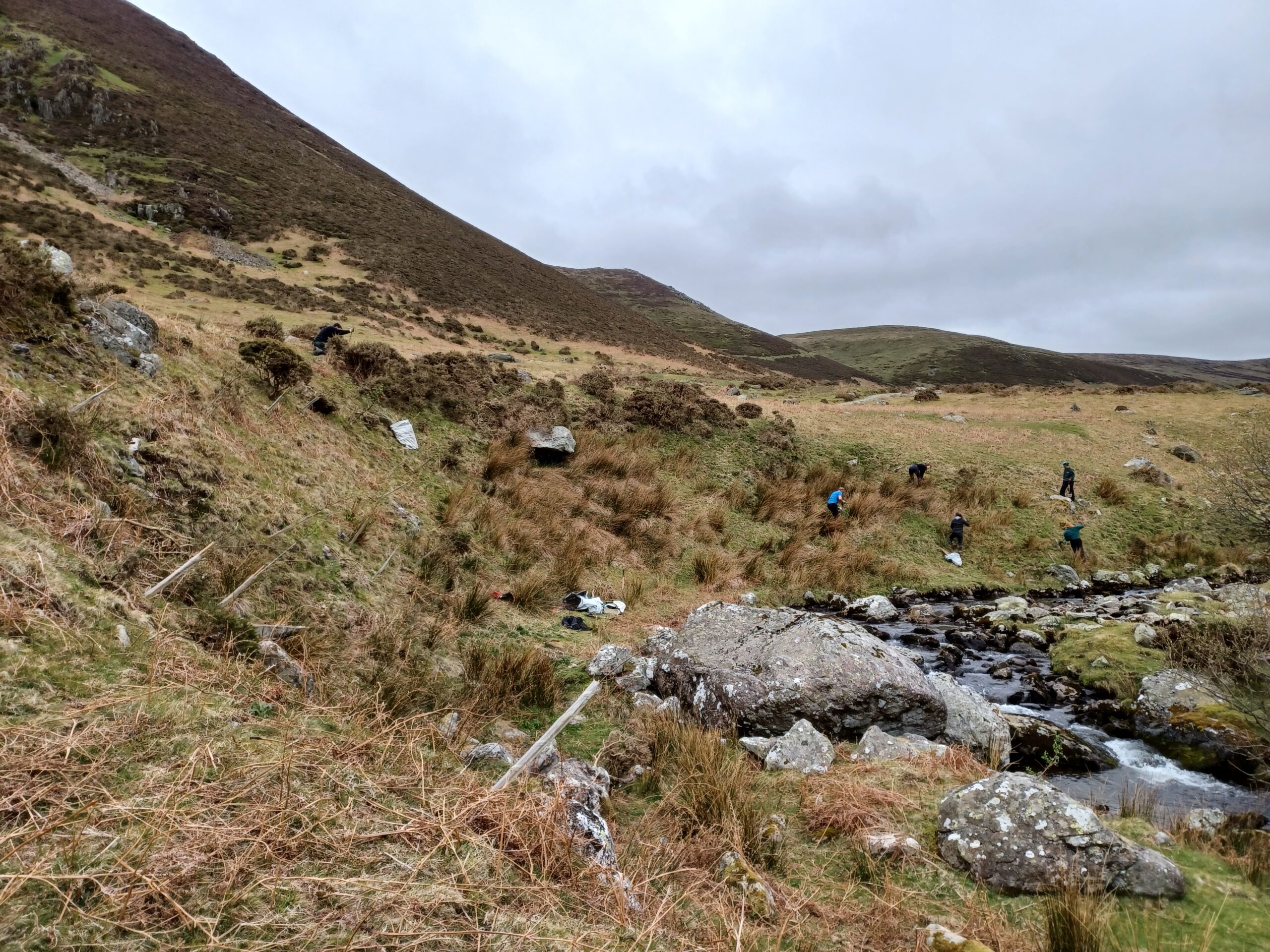

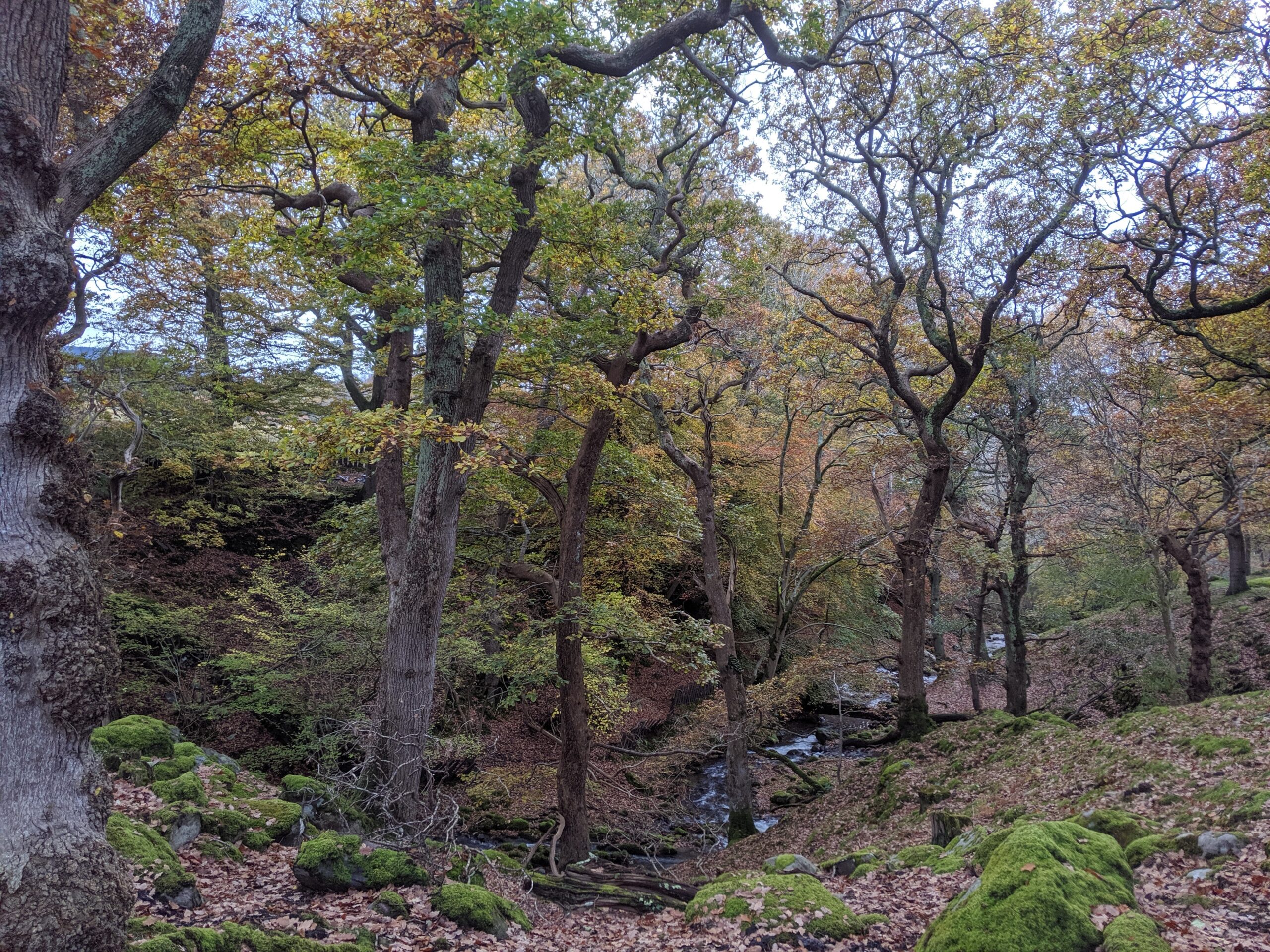
Interested in learning how to start your own tree nursery, how to get involved with an established community woodland group or learn more about growing? Llais y Goedwig – The voice of community woodlands in Wales
Learn more about Eryri’s rare Celtic rainforest habitat Celtic Rainforests Wales | Eryri National Park (gov.wales)
Interested in learning how to start your own tree nursery, how to get involved with an established community woodland group or learn more about growing? Llais y Goedwig – The voice of community woodlands in Wales
Learn more about Eryri’s rare Celtic rainforest habitat Celtic Rainforests Wales | Eryri National Park (gov.wales)



